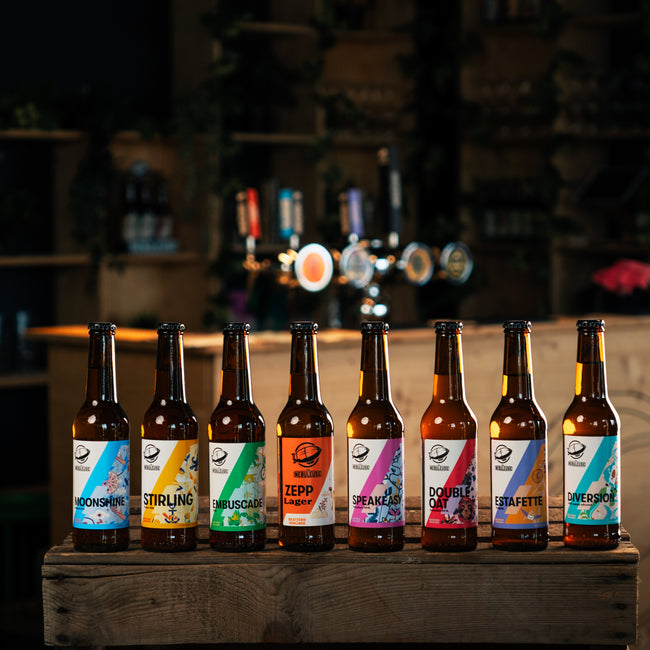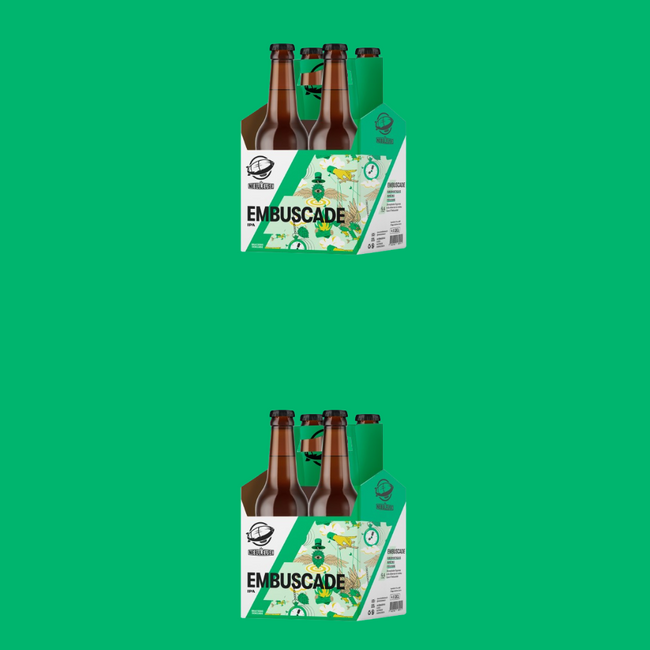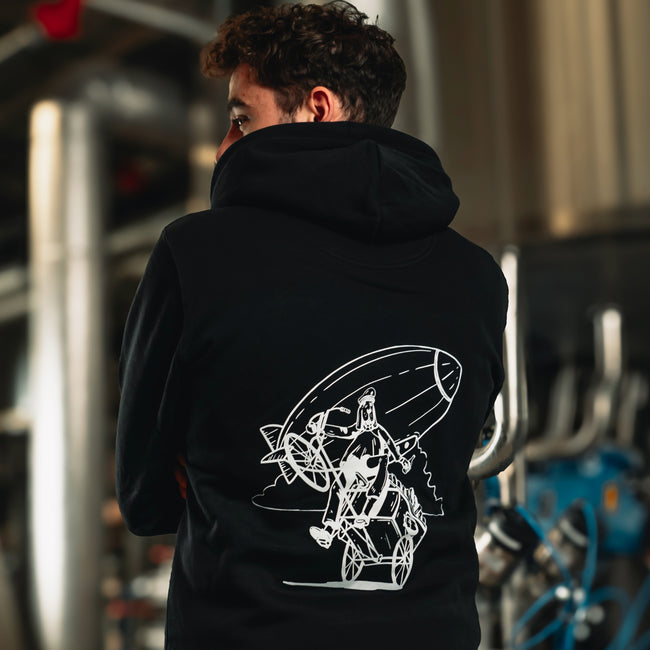Craft lagers, the revival of classics

When it comes to beer, trends come and go like the seasons. One month, it's the latest Milkshake IPA turning heads, the next, an exotic fruit-laced Pastry Sour. But while some are busy creating the most improbable beer (no, a birthday cake beer is still not a good idea), craft brewers are rediscovering a much bolder challenge: reinventing the lager. Because sometimes, the biggest challenge isn't creating something new, but perfecting what already exists.
The subtle art of bottom fermentation
Patience as the secret ingredient
Bottom fermentation is an exercise in patience and precision. Where other styles can be brewed in a few weeks, a craft lager requires up to two months of meticulous work. This length of time is not the whim of a perfectionist brewer, but a fundamental technical necessity for flavor development.
Zepp perfectly illustrates this philosophy with its Swiss bottom-fermenting yeast. Maintained between 8 and 12°C , it gradually develops its characteristic floral aromas while the yeast meticulously transforms the sugars into alcohol. This deliberate slowness is the key to an aromatic complexity that no shortcut can reproduce.
Temperature control: a technical challenge
Bottom fermentation requires absolute precision in temperature control, maintained for several weeks. At these temperatures, the yeast produces fewer fermentation byproducts, resulting in the clean, precise profile characteristic of lagers.
The process is broken down into three essential phases: primary fermentation at 8-12°C which establishes the aromatic foundations, cold maturation between 0 and 4°C where clarification takes place, and final refining which perfects the crystalline clarity characteristic of the style.
Noble ingredients for an exceptional beer
The crucial choice of malts
In a craft lager, the malt plays a key role, without any artifice or camouflage. Pilsner malt, the cornerstone of the style, must be impeccable. The quality of the ingredients takes on its full meaning here, becoming the determining factor in the final result.
Zepp combines Pilsner malt with Carapils in a precise balance. The former brings a delicate cereal flavor and characteristic golden color, while the latter improves head retention and body without weighing down the flavors.
Noble hops: tradition and character
Noble hops represent the aristocracy of the brewing world, varieties that have survived the ages while remaining relevant. Zepp uses three carefully selected hops: Czech Saazer with its floral and spicy notes, German Spalter Select with its refined herbal touch, and Herkules, which provides a precise bittering base.
The water challenge: the mineral that makes the difference
Water, the main component of beer, plays a crucial role that is too often overlooked. In a lager, where every flaw is immediately noticeable, the mineral profile of the water becomes a determining factor. Modern brewers meticulously analyze and adjust their water, sometimes replicating the mineral profiles that made the great brewing regions famous.
A lager requires a precise water profile, with a specific calcium/magnesium ratio that optimizes enzyme action during brewing. Even the slightest mineral imbalance can compromise the entire process.
The art of service and conservation
Craft lagers require absolute rigor in their storage. More delicate than their top-fermented cousins, they require constant attention to temperature. A single temperature difference can irreparably transform their subtle floral aromas.
Zepp maintains its freshness thanks to a rigorous cold chain, from brewing to serving. Each step is meticulously controlled to preserve the beer's aromatic integrity.
The silent revolution of craft lagers
There's a certain irony in craft breweries' return to lagers. After years of pushing the boundaries of brewing eccentricity, they're rediscovering the beauty of a style they'd sometimes neglected. This return to their roots perhaps marks a turning point in the craft movement's maturity.
Sheesh , born from a collaboration with chef Danny Khezzar, perfectly embodies this trend. It demonstrates that a craft lager can achieve a remarkable level of sophistication while remaining accessible. This alliance of tradition and innovation paves the way for a new conception of brewing excellence .
The role of craft lagers in modern gastronomy
Craft lagers excel in the subtle art of food pairing. Their clean profile and aromatic precision make them remarkable gastronomic partners. They enhance seafood with their freshness, bring a touch of lightness to spicy dishes, and know how to highlight delicate flavors without ever overpowering them.
Tasting a craft lager requires a certain finesse of approach. Their aromas, more subtle than those of an IPA or an Imperial Stout, reveal themselves gradually. This aromatic delicacy invites a careful tasting, where every nuance counts.
Serving techniques and temperature
Serving temperature plays a crucial role in the expression of a craft lager's flavors. Served too cold, it loses its aromatic complexity. Too hot, it loses its characteristic freshness. The ideal temperature is between 6 and 8°C , a range where the aromas flourish fully while retaining the thirst-quenching character characteristic of the style.
The glass itself deserves special attention. A clean glass, free of grease and detergent residue, allows the foam to develop properly and the aromas to fully express themselves. The shape of the glass, generally slender, concentrates the aromas while highlighting the style's characteristic clarity.
A deserved rebirth
The resurgence of craft lagers in the craft beer world reflects a significant shift in the industry. After exploring the extremes, brewers are rediscovering that the real challenge—and perhaps the real art—lies in mastering the classics.
These beers remind us of a fundamental truth: complexity can be born from simplicity , and tradition can be the breeding ground for subtle yet profound innovation. In a brewing world where extravagance often reigns supreme, craft lagers demonstrate that perfection often lies in mastering the details. A lesson best served chilled.









